I'm a tea drinker, I love most kinds of tea I've tried over the years but traditional Japanese teas are among my favourites. They are unashamedly bold and sometimes bitter but always layered with flavour and complexity.
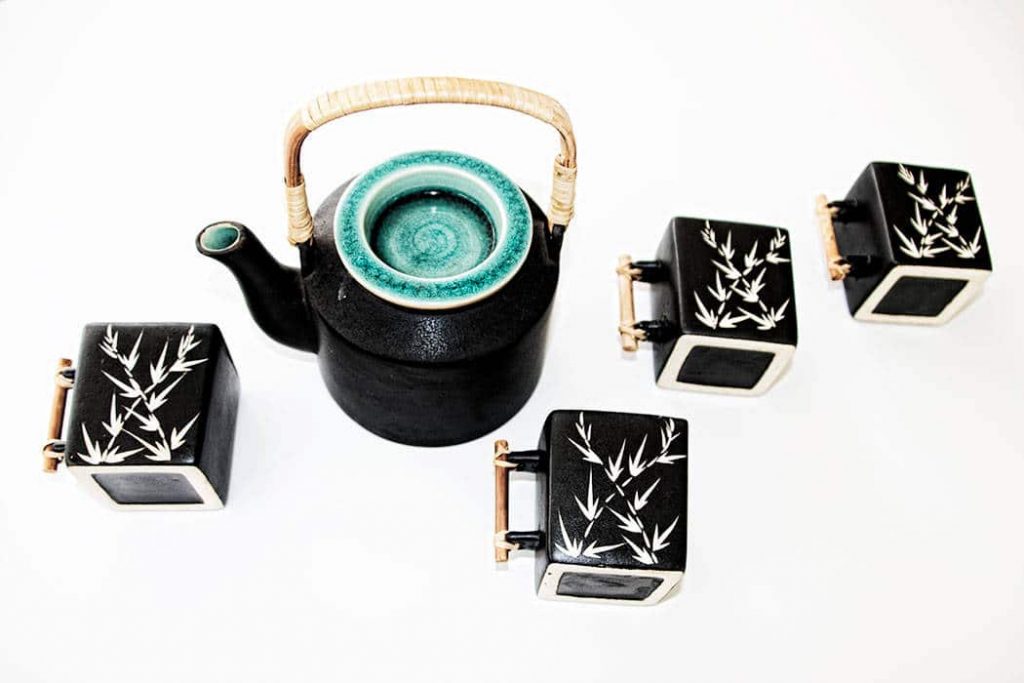
On our travels in Japan, we've actively searched out the opportunity to try the local teas, especially in the regions such as Kyoto known for its deep history with the tea ceremony and for producing the highest quality traditional Japanese teas.
Traditional Japanese teas
(1) Matcha
This bright green, frothy, whisked tea is perhaps the most commonly associated with Japan but isn't the most commonly drunk. It's the tea of the tea ceremony and when we first tasted it we were fortunate to have it prepared in front of us by a Geiko (Geisha) and served by a Maiko at the Gion Kobu Kaburenjo Theatre in Kyoto.
I had been warned it would be bitter and not particularly pleasant to the Western palette but I really enjoyed it. It was served with the sweet Manju accompaniment, a traditional Japanese sweet that is delicate and flavoursome but not sickly sweet, it was a perfect balance.
Matcha is made from the highest quality leaves of the tea plant that are ground to a fine powder and then whisked with a small bamboo whisk and hot water to make the tea.
We've had it elsewhere on our Japan travels since and I've always enjoyed it. It's a tea whose preparation I had initially been prepared to leave to the tea-making professionals and enjoy only rarely but I found I could not resist. The tin I bought home with me didn't last nearly long enough, especially when I found the delightful subtle flavour and colour it brings to baking and ice cream.

(2) Sencha
Sencha is the most popular of the traditional teas drunk in Japan. It's a green tea and most likely what you'll be offered as a visitor in someone's home. Sencha means roasted tea and is an older method of preparing the tea leaf based on Chinese traditions. It has a delicate, sweet flavour and is mildly astringent.
The tea plant in a temperate climate like Japan is dormant throughout the winter and when the fresh growth is first picked in April and May it's considered the best quality leaf of the productive season. A good quality sencha makes a refreshing and enjoyable cup of tea.
Like any tea, it's best prepared in a pot with loose laves and should be made with water that is around 80ºc. There are kettles available now that allow you to select your temperature but it works equally well to allow it to boil then rest for 5-10 minutes before pouring it over the tea leaves.
(3) Bancha
Bancha is an everyday Japanese tea, whiles it's basically a lower grade of Sencha it should not be overlooked with selecting your preferred Japanese tea style. It's picked later in the season than Sencha, not from those first leaves but that is not necessarily considered a negative. Many would say that its bold robust flavour is preferable for a tea that will be served with a meal or after food.
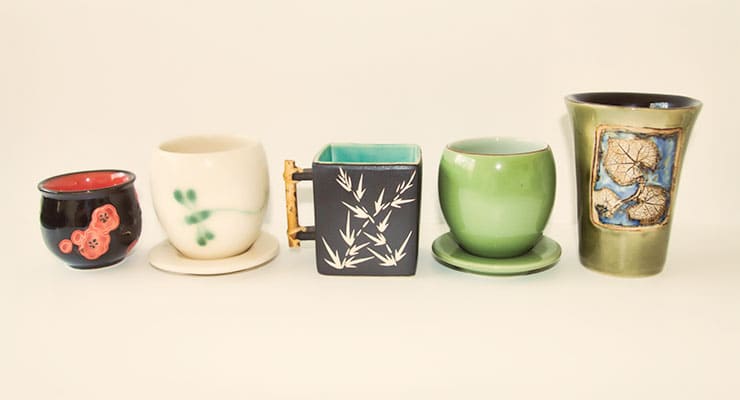
(4) Genmaicha
Genmaicha is one of my personal favourites both in Japan and at home. Our local Asian Supermarket sells a good brand and it is becoming more popularly available in tea shops outside Japan. It's a tea blended from Bancha and well-toasted rice giving a mild, slightly nutty aroma and taste. It has low caffeine and again makes a good tea choice with food and in the evening.
(5) Sakuraya
Sakuraya is a specialty brew but I couldn't overlook it as a traditional tea. It's made by the infusion of cherry blossom in the hot water and is particularly popular during the Sakura (cherry blossom viewing) season. The flowers are harvested in spring when the cherry trees are in full bloom. The petals are preserved in a mixture of plum vinegar and salt then dehydrated and stored. When the tea is prepared the flowers to rehydrate in the hot water unfurling to resemble fresh sakura blooms and creating a slightly salty tea, the longer it infuses the saltier the taste will be.
We had this tea served at the tearoom in Hirano Shrine in Kyoto. It was an interesting experience to try it there among the flowering Sakura trees. The look and aroma of the cup were delicious, presentation and surroundings were lovely but I wasn't a fan of the saltiness, to me it was a very dominant flavour.
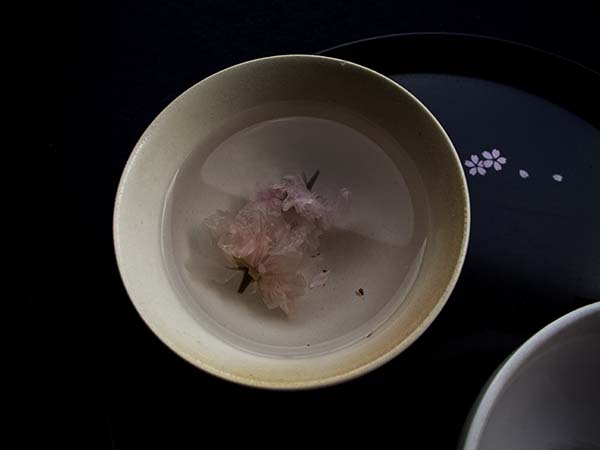
Do you enjoy a good cuppa? Have you found a blend you love or had an interesting experience with traditional Japanese teas? I have to admit love loving all the many styles from those steeped in ritual like matcha to the current international craze of bubble tea.

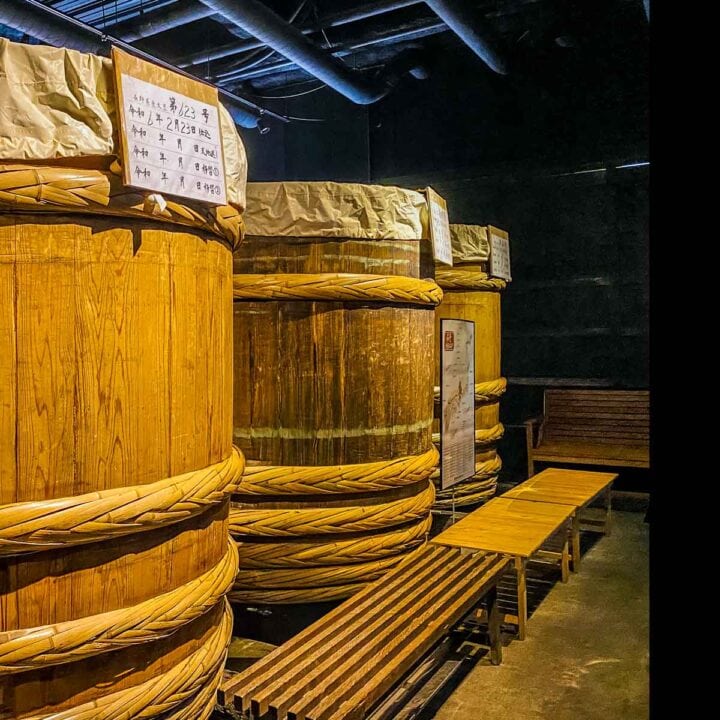
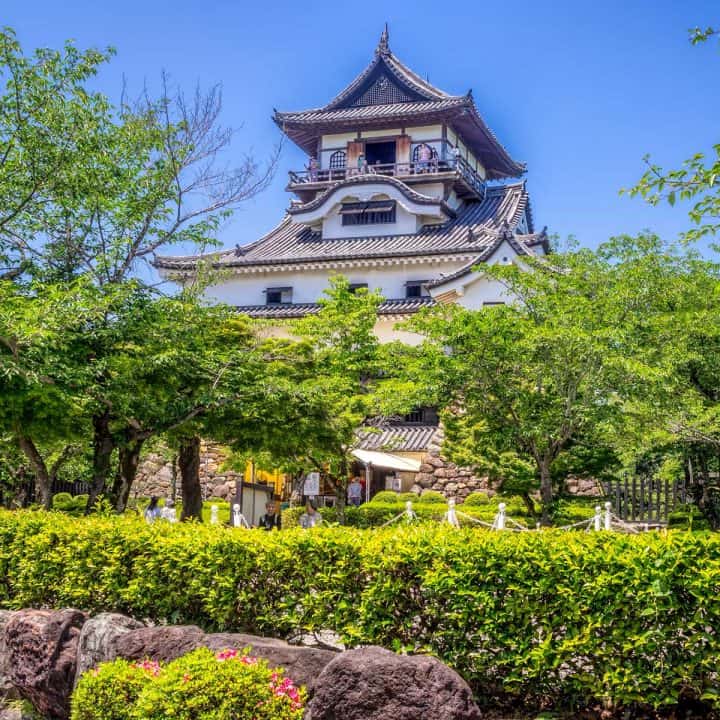


Corrine says
This post combines two of my greatest loves: tea AND Japan! Perfect! (Well, I've never actually visited Japan, but doing so is totally on the to-do list! In the meantime I might have to satiate my dreams with one of these brews…)
SJ says
I just love, love, love tea. All kinds. But I can't live without my back tea. When I moved to Croatia I spent months trying to find a strong one, and could not. Now I have family from Australia bring it when they come 🙂
twoaussietravellers@yahoo.com says
Hi SJ, thanks for visiting the blog. What is the 'normal' tea in Croatia then, I would have expected it to be a black tea but clearly not as we know it down here?
Kathy says
This post had me reminiscing about my Japan trip a few years ago. I'm a simple green tea fan but I love the ceramic tea cups and wish I'd brought more home with me. Like those in your pic - gorgeous!
twoaussietravellers@yahoo.com says
Hi there Kathy. A simple green or Jasmine tea is always good too! I have a bit of a weakness for ceramic cups and lacquered wooden bowls in Japan, I'm not a souvenir buyer usually but I will normally add something nice but practical to my collection when I'm there.
Grant says
Genmaicha for the win!!!
Rosemary - as a fellow Canberran I can confirm most Asian Grocers here stick it in one form or another. My personal favourite is a loose-leaf variety that comes in a big green and clear bag. It is a fantastic all-day tea, and it's really cheap too.
Toni- I've been to Tokyo twice now and I'm intending to head back to Japan every year for the rest of my life. I've never done a tea ceremony though, and I'm hoping to do so this year. Great post!
twoaussietravellers@yahoo.com says
Hi Grant, I'll watch out for the loose leaf version, I generally would prefer that but have stuck with the bags for convenience (I usually have a few in my desk drawer and purse).
We've been to Japan in 3 consecutive years now and plan to keep going back too, there is so much new to do and experience on each visit.
emma says
My husband worked in Japan for a while, and in 2013 we took our children back for a trip where we travelled around quite a bit. We tried lots of tea (including Matcha which I love) but I had no idea about a few of these! The Cherry blossom one is so beautiful! 🙂
twoaussietravellers@yahoo.com says
Hi Emma, what a great opportunity to visit with you children. I'm sure that's a trip that they'll remember forever.
shannon @my2morrows says
How interesting!
I love Tea of all varieties and of the ones you have listed here, Sencha would be my fave. I tried matcha but as you said in your post, found it too strong and bitter. Could be a different story if I tried it in Japan in a traditional setting though! One day hopefully!
Laia says
I love tea! I never went into the different kinds of tea, though, so every time I go to a tea shop I'm lost. Your post will help me next time - I would be specially interested in trying the sencha and sakuraya 🙂
Thanks for sharing!
twoaussietravellers@yahoo.com says
Enjoy! As ingrained as the coffee culture is in the Western world nothing beats a really good cuppa.
Sarah says
I found this so interesting Toni, thank you. Genmaicha is one of my favourite teas but I'm really interested to try Sakuraya now. I hadn't heard of it before but it sounds beautiful. I'd love to see a tea ceremony one day too.
Julie says
I just love the ceremony around tea. You can keep your coffee culture - it's got nothing on beautiful teas. There is s similar reverence for tea in China - I couldn't get enough of their tea ceremonies when we were there. I especially love the look of the cherry blossom tea - that's a beautiful photo you captured of it too.
twoaussietravellers@yahoo.com says
Hi Julie, I've not travelled in China, well not outside Hong Kong anyway. I definitely want to experience they tea culture there too!
Rosemarie says
Genmaicha is my favourite too. What is the name of the brand you have found to be good Toni? I shall go hunting and see if I can find it here in Canberra.
twoaussietravellers@yahoo.com says
Hi Rosemary, The Genmaicha I use is by Uji No Tsuyu company in Kyoto. It's a teabag, not a loose tea although I believe they make both I've only been able to buy the bags in my Brisbane store so far. Hope you enjoy it too if you find it.
Rosemarie says
Will go on a hunt! Thanks Toni!